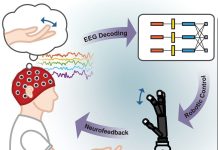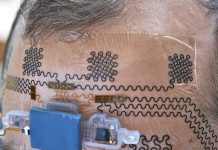
In a new study, researchers found that the brains of murderers look different from those of people convicted of other crimes—differences that could be linked to how they process empathy and morality.
The research was conducted by a team at the University of Chicago and elsewhere.
Examining brain scans of more than 800 incarcerated men, the team found that individuals who had committed or attempted homicide had reduced gray matter when compared to those involved in other offenses.
Those reductions were especially apparent in regions of the brain associated with emotional processing, behavioral control, and social cognition.
According to the team, more gray matter means more cells, neurons, and glia. The differences are mainly in the orbitofrontal cortex and anterior temporal lobes of the brain.
These are the areas people need to make computations, to process information—whether it’s emotional information that they use to feel empathy for someone else, or information that they use to control their behavior, to suppress their tendencies to react.
The new study relied on structural MRI scans of the brains of men incarcerated in New Mexico and Wisconsin, which the researchers had obtained through previous studies.
Participants were divided into three groups: 203 individuals who were convicted of or self-reported a homicide or homicide attempt; 475 individuals who had committed aggravated battery/assault, armed robbery or other violent crimes; and 130 individuals involved in non-violent or minimally violent crimes.
This is the first research that uses such a large sample and that controls for factors like psychosis—excluding individuals who suffered brain injuries or psychiatric disorders such as schizophrenia.
However, the researchers note that they do not have enough evidence to draw a causal relationship between reduced gray matter and homicide.
Ongoing research is following up a large sample of ultra high-risk boys—now in their mid-20s—to determine if the brain regions identified in this sample are predictive of future homicidal behavior.
The lead author of the study is Jean Decety, the Irving B. Harris Distinguished Service Professor in Psychology and Psychiatry.
The study is published in the journal Brain Imaging and Behavior.
Copyright © 2019 Knowridge Science Report. All rights reserved.



